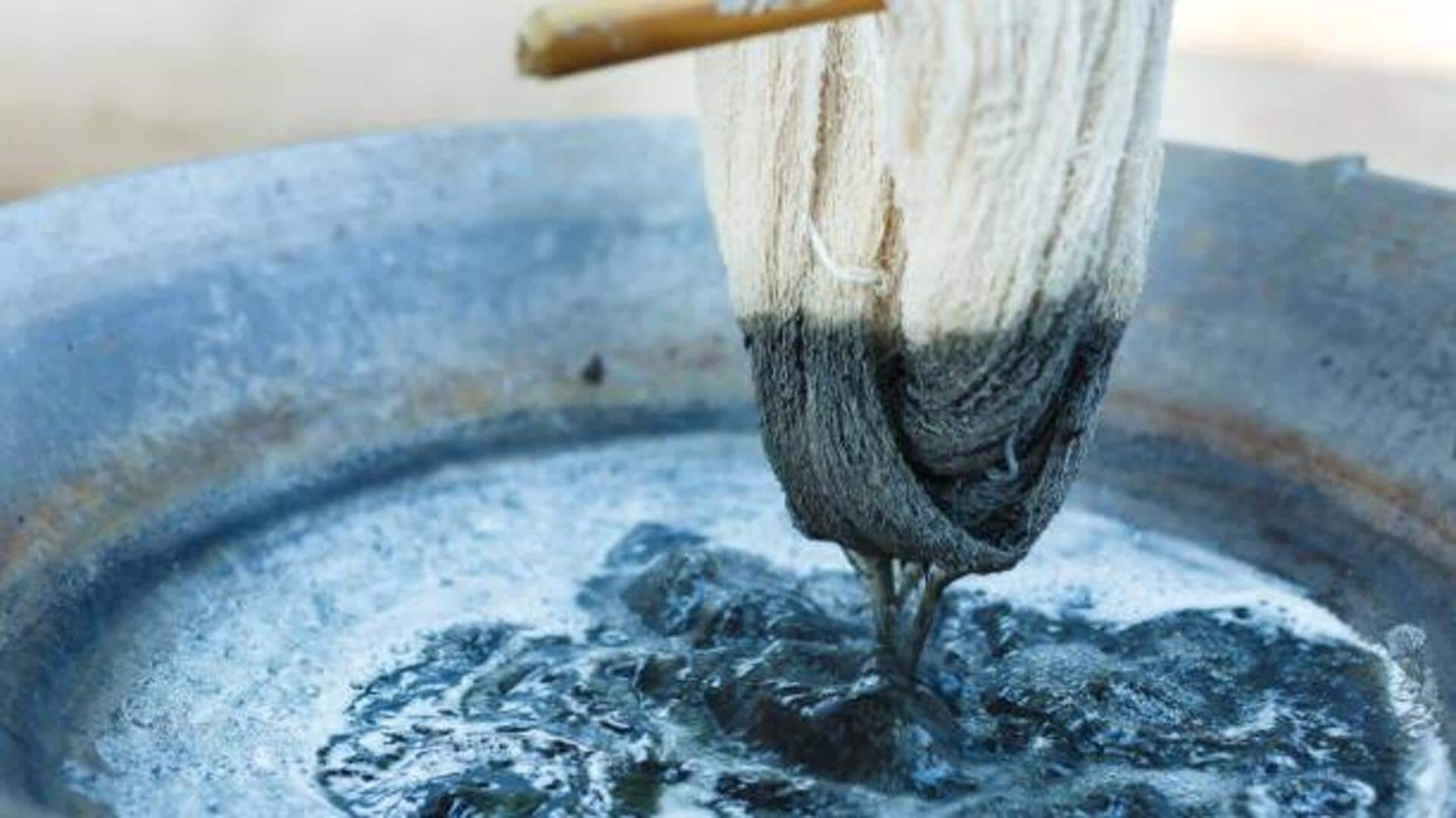
How to practice natural dyeing at home
What's the story
Natural dyeing techniques have been a part of African culture for centuries, providing vibrant colors from plants, minerals, and other natural sources. Not only are these methods mindful of the environment, but they're also light on the pocket. Here, we explore budget-friendly African-style natural dyeing techniques that can be easily adopted at home.
#1
Using plant-based dyes
Plant-based dyes are some of the easiest and cheapest options for natural dyeing. Leaves, roots, bark, and flowers from different plants can yield a variety of colors. For example, turmeric gives a vibrant yellow shade while indigo leaves offer deep blues. To get the dye, boil the plant material in water until you achieve the desired color. This is economical and sustainable.
#2
Utilizing clay and minerals
Clay and minerals provide another inexpensive option for achieving unique colors in fabric dyeing. Red ochre clay is often used to create earthy reds and browns. Iron-rich soil, similarly, can give textiles shades of orange or rust. These materials are often available in abundance in many parts of Africa at little to no cost.
#3
Exploring fruit peels for dyeing
Fruit peels, be it from pomegranates or avocados, can also be used as natural dyes, as they're rich in tannins which help bind the color to the fabric fibers easily. Boiling the peels can release pigments that create soft pinks or greens when applied on fabrics such as cotton or linen—an inexpensive alternative to synthetic dyes.
#4
Experimenting with vegetable waste
Vegetable waste like onion skins or beetroot scraps provide an innovative way to sustainable textile coloring practices. The method uses kitchen leftovers instead of throwing them out into trash bins. It unnecessarily adds to environmental degradation problems the world faces today. Onion skins provide rich golden tones, while beetroot gives off vibrant purples. The technique is both eco-friendly and pocket-friendly at the same time.